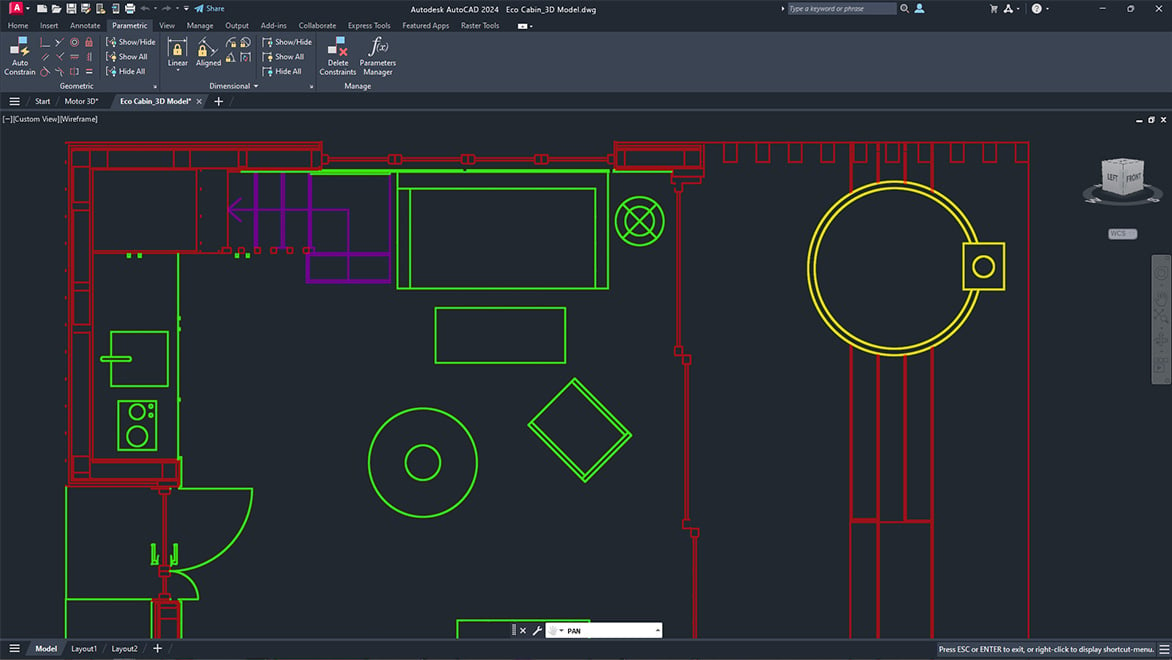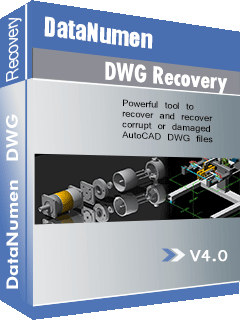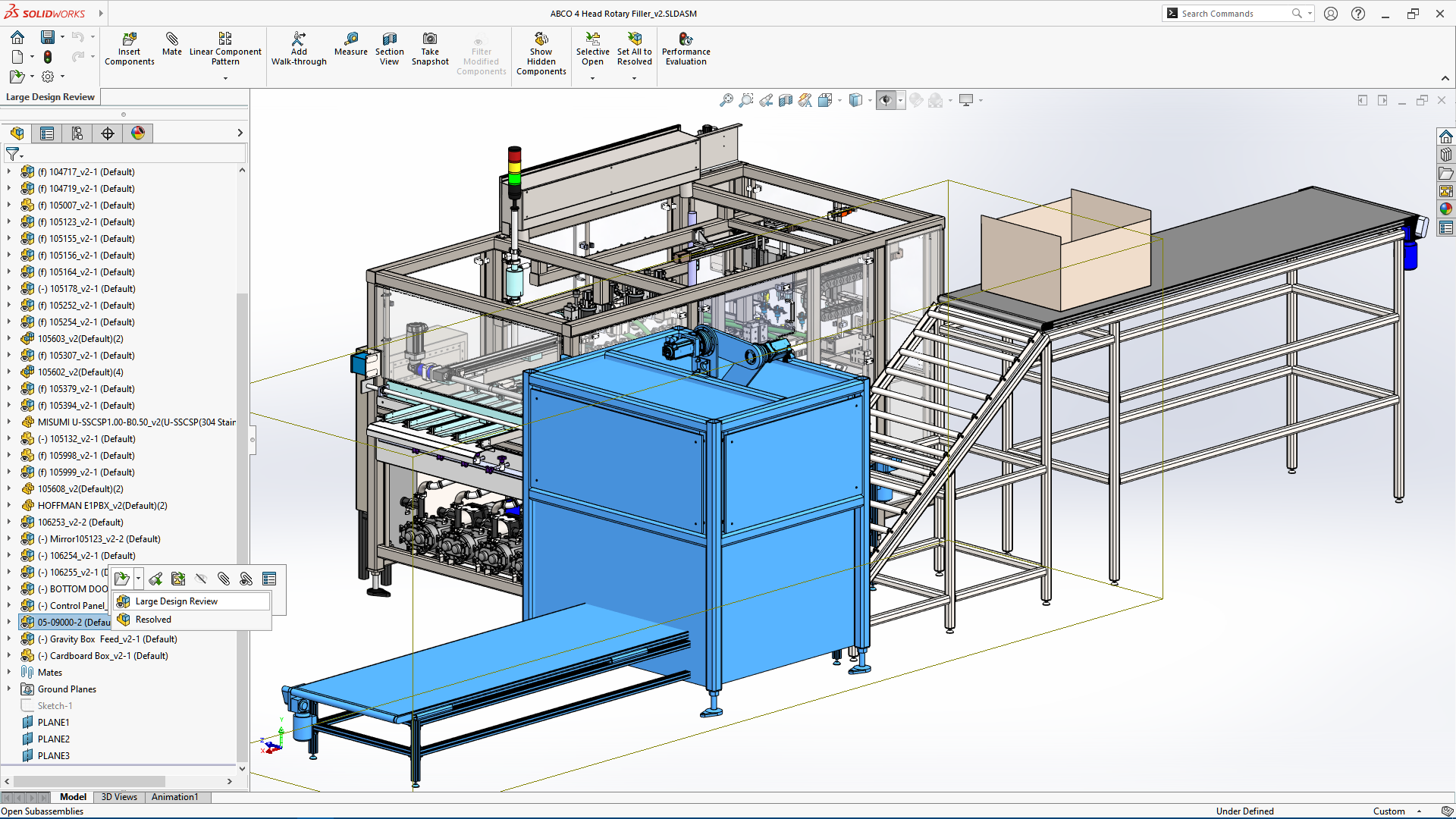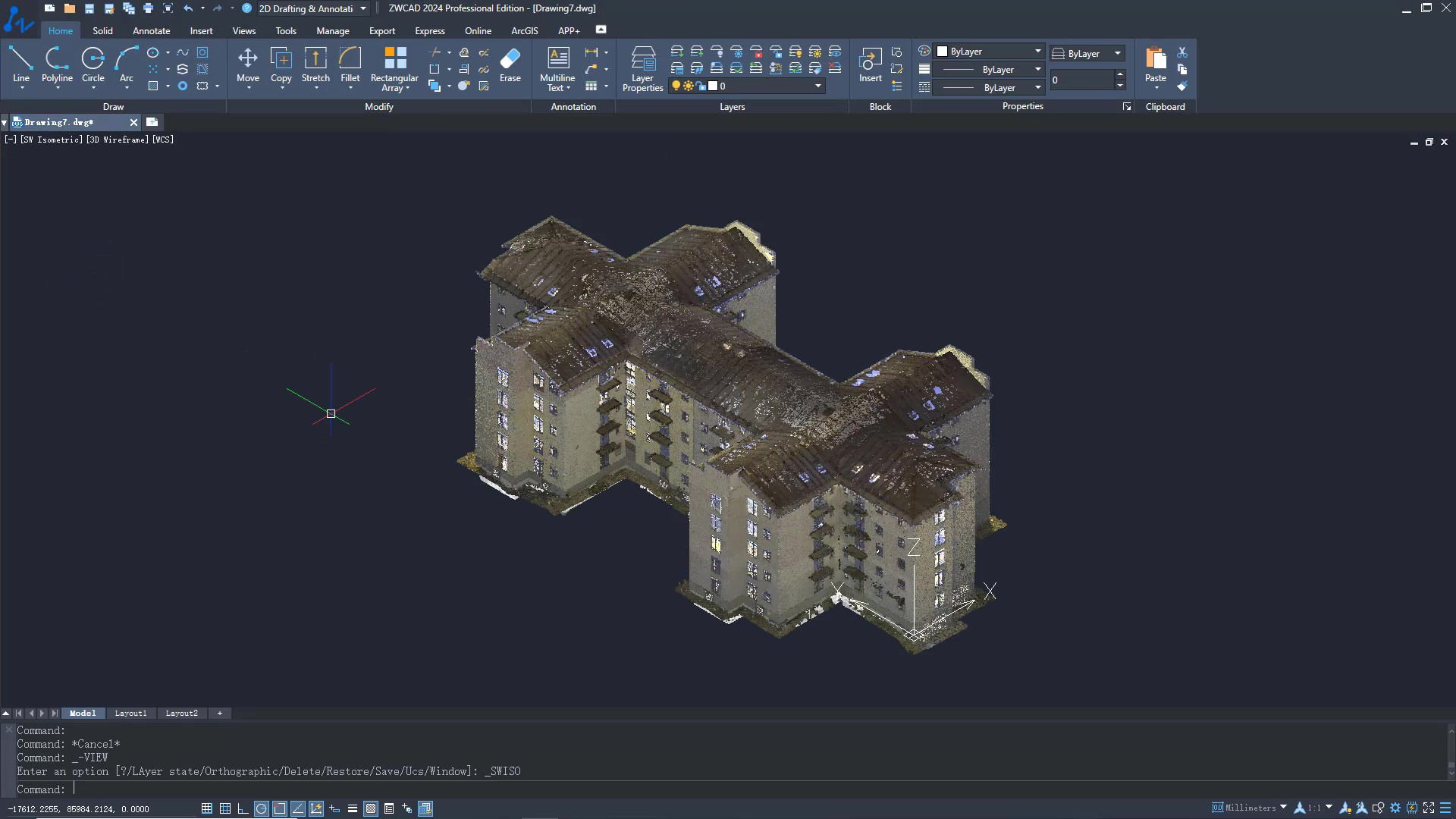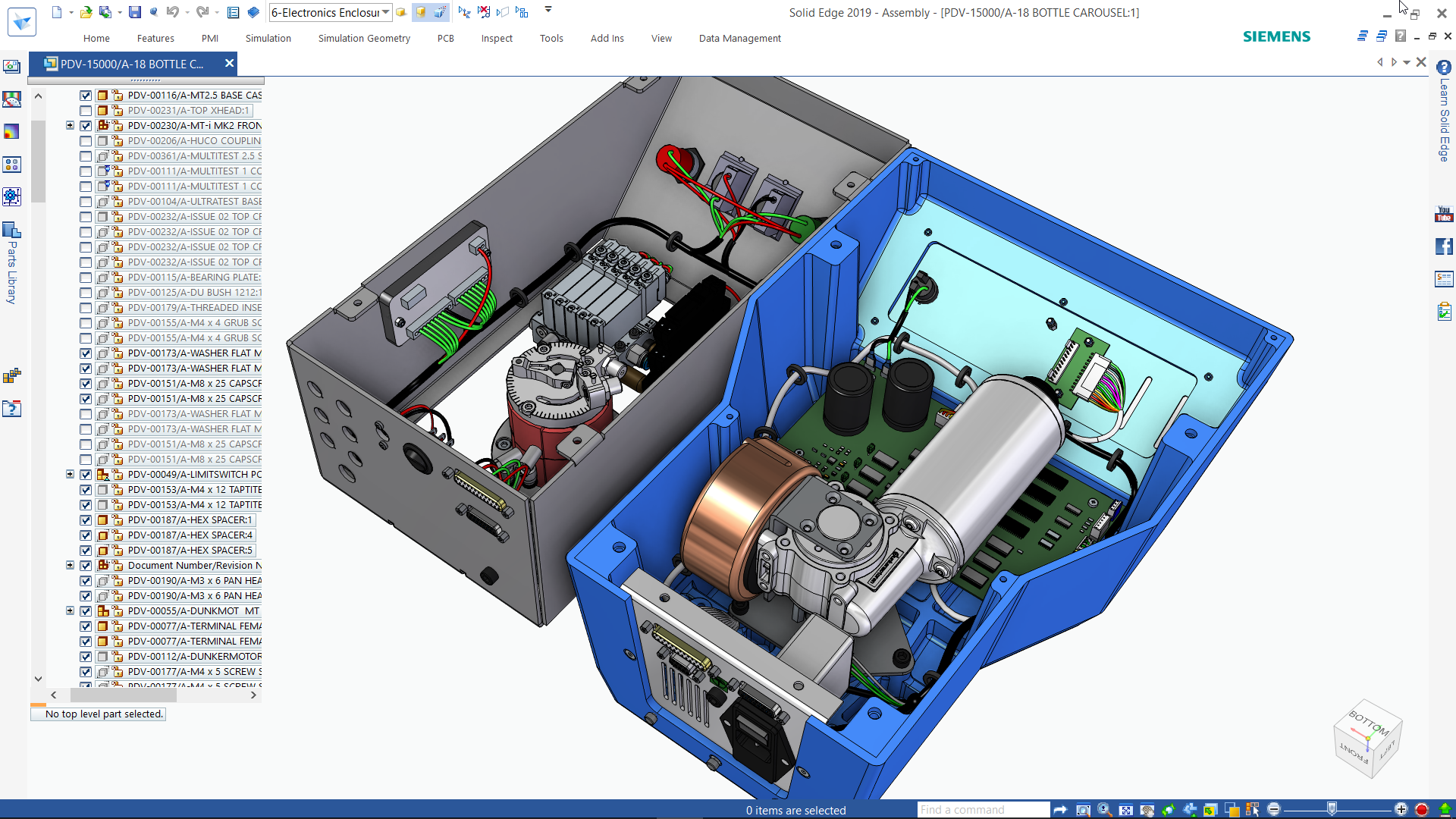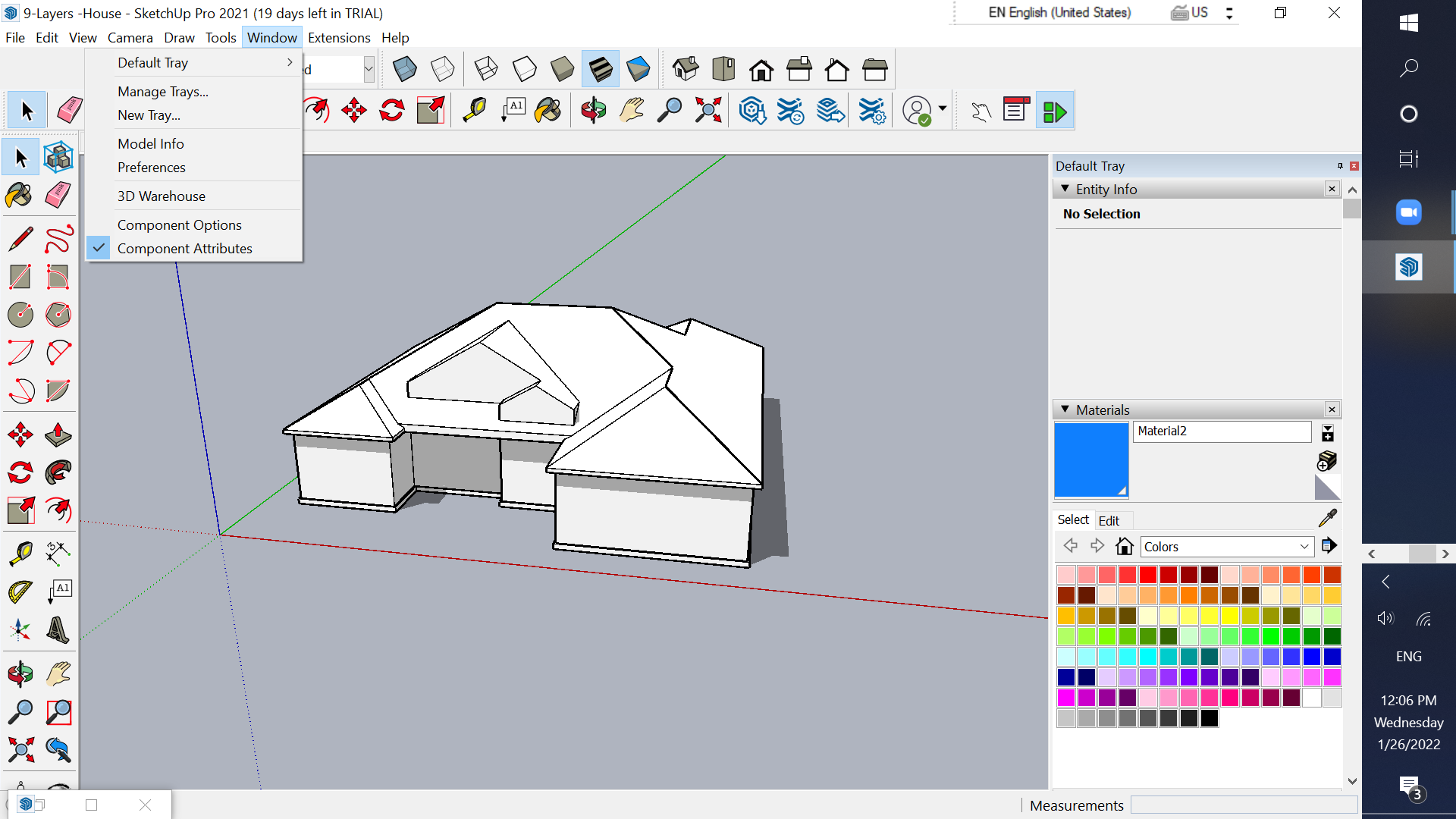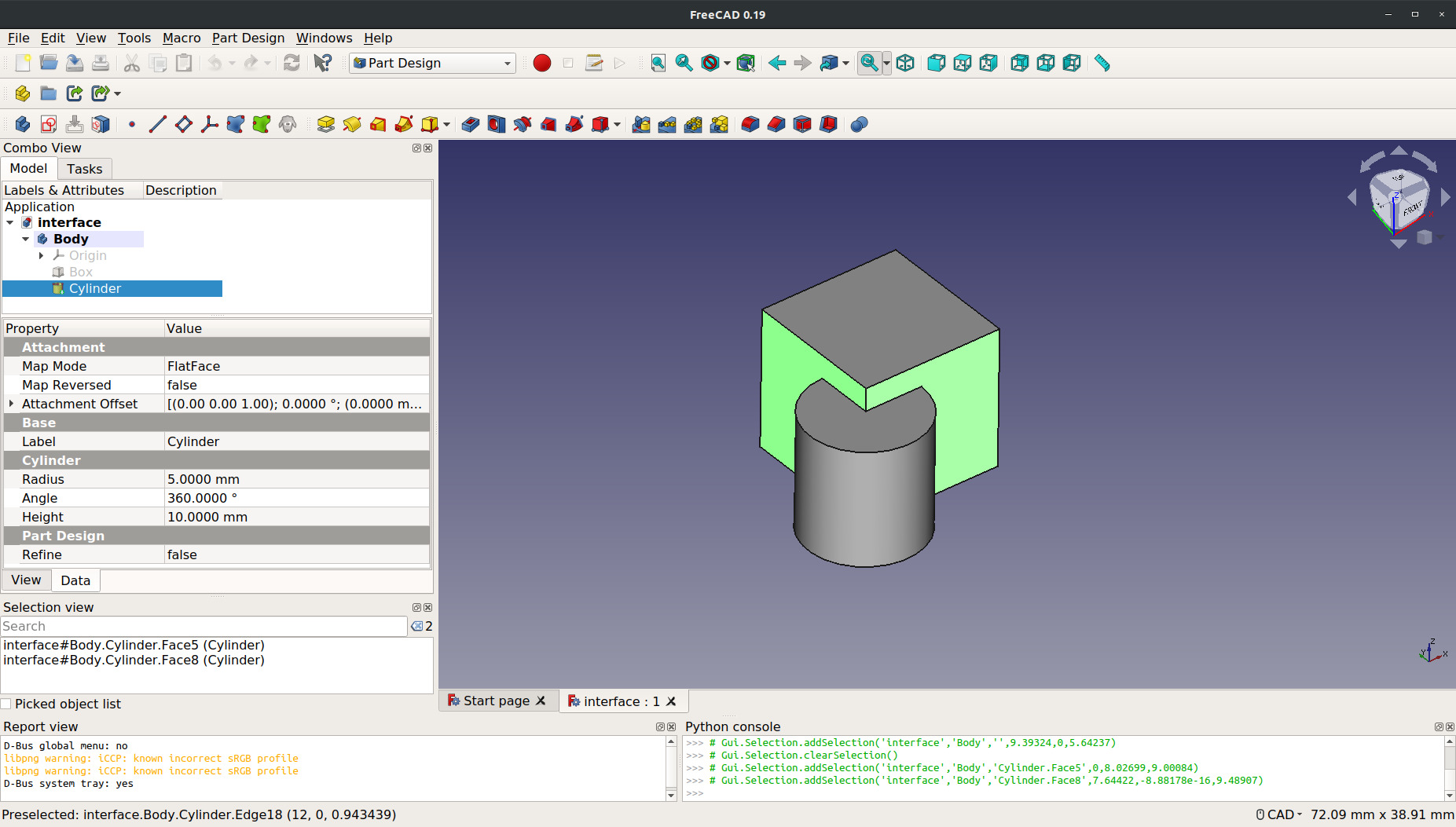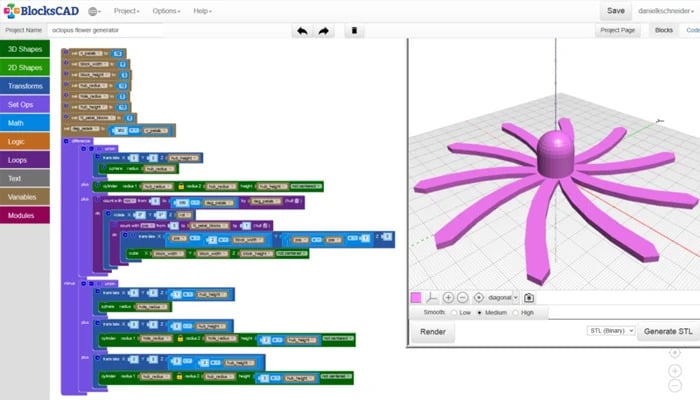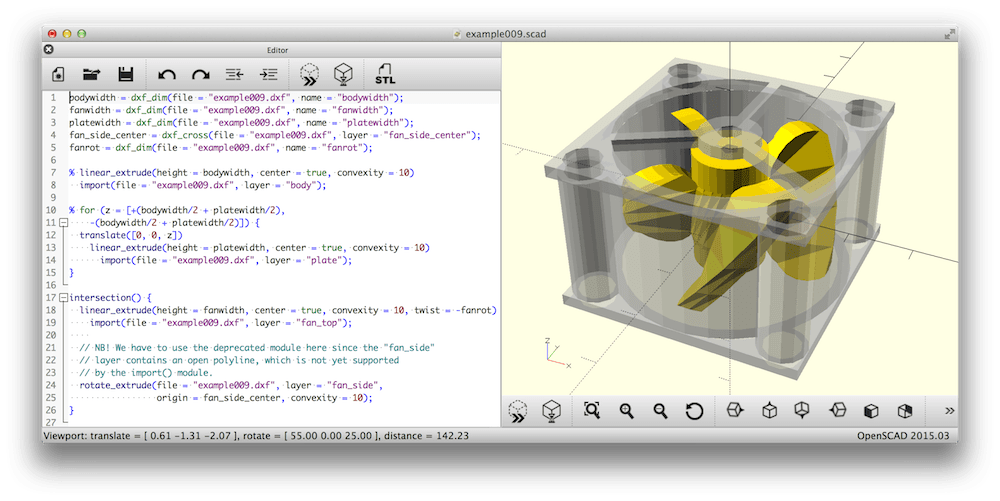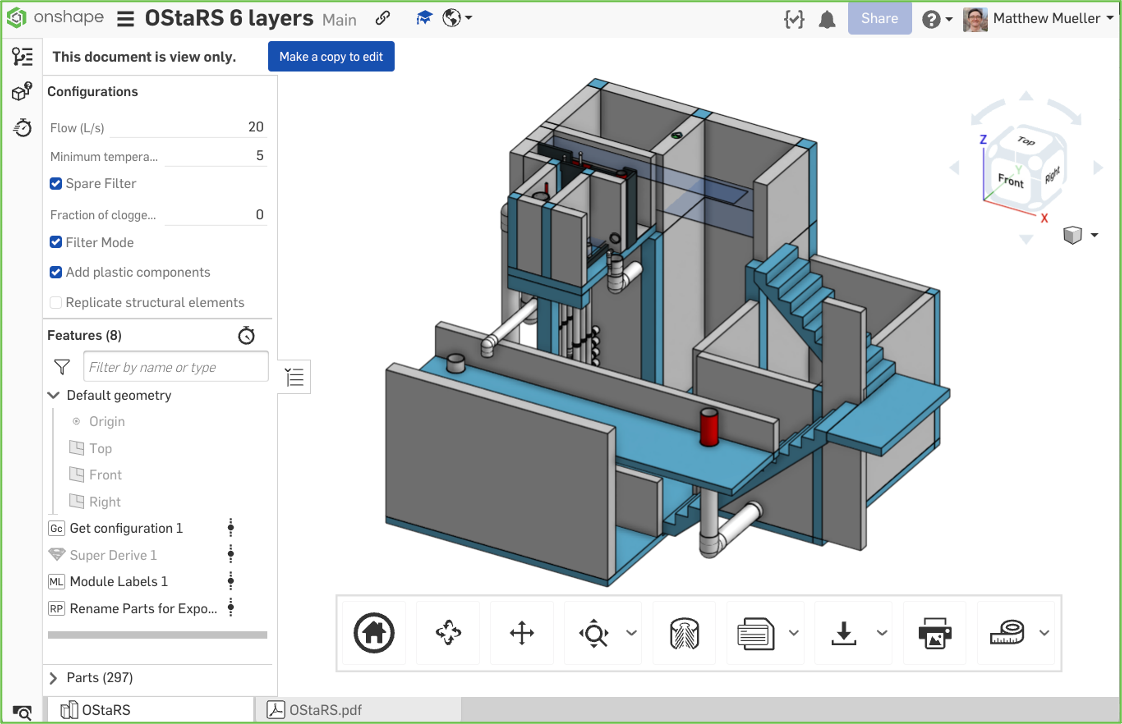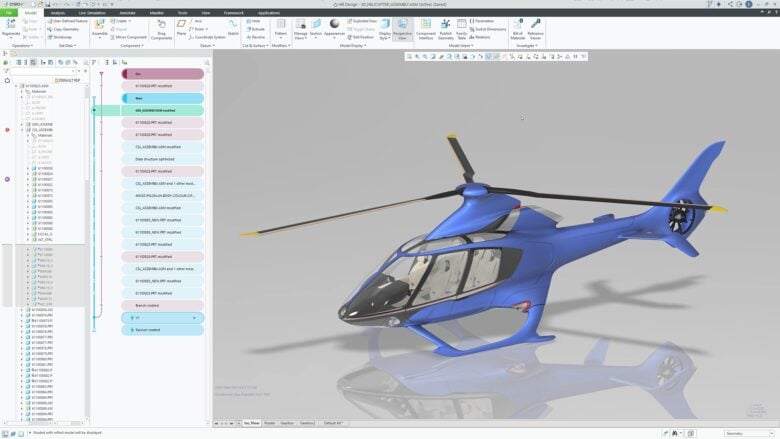1. Introduction
1.1 Importance of CAD Software Tool
Computer Aided Design (CAD) software tools have seen considerable usage in the realms of industrial design, architecture, engineering, and manufacturing. The significance of these tools goes beyond basic design since they have diverse applications that include 3D printing, reverse engineering, rapid prototyping, and computer-aided manufacturing (CAM). CAD software tools enable professionals to create precise 3D models, offer a wide array of simulation capabilities, and make the entire design process more effective and efficient. Thus, understanding the strengths, weaknesses, and unique specifications of various CAD software tools is absolutely critical to maximize productivity and ensure the best outcomes in any project.

1.2 Objectives of this Comparison
Given the numerous CAD software tools available in the market, making a choice can be a complex task. This comparison aims to shed light on the salient features of some of the most well-regarded CAD software tools. This will include basic introductions of each software, along with their pros, and cons to provide a comprehensive understanding of their differences and capacities. Ultimately, the goal of this comparison is to help professionals and hobbyists alike, to choose the CAD software that suits their needs, aligns best with their work flow, and assists in executing projects with utmost efficiency and quality.
2. Autodesk AutoCAD
Autodesk’s AutoCAD is one of the most widely known and utilized CAD software tools globally. Developed in 1982, it has established itself as a go-to prime software for 2D drafting and 3D modeling. AutoCAD supports .dwg file format and offers flexibility and customization, making it highly favored among architects, engineers, project managers, and graphic designers for a variety of projects.
2.1 Pros
- Wide-ranging Applications: AutoCAD’s flexibility allows it to be used in various fields, from architectural design to manufacturing and engineering.
- Standard File Formats: The software supports .dwg, considered the universal format for CAD data exchange.
- Extensive Customization Options: Users can customize the software to suit their workflow and increase productivity.
2.2 Cons
- Complex User Interface: Novice users may find its user interface to be quite complex and overwhelming.
- High Cost: AutoCAD is a high-end software with a significant cost, which may be not feasible for small businesses or individual users.
- Heavy System Requirements: AutoCAD requires considerable computing power for optimal performance, especially for 3D modeling.
2.3 AutoCAD File Recovery Tool
You also need a professional AutoCAD file recovery tool to deal with damaged DWG files. DataNumen DWG Recovery is a premium option:
3. SOLIDWORKS 3D CAD
SOLIDWORKS 3D CAD, developed by Dassault Systèmes, is one of the most efficient and widely-used 3D CAD solutions for engineers and designers. The tool is known for its ease of use, comprehensive and robust design functionalities, and simulation capabilities, making it a favorite among the engineering and manufacturing industries.
3.1 Pros
- Intuitive Interface: SOLIDWORKS is known for its user-friendly and intuitive interface that allows for easy model creation and editing.
- Integrated Simulation: The software offers integrated simulation to validate designs and optimize them before production.
- PDM Integration: It integrates seamlessly with Product Data Management (PDM), allowing for efficient data management and collaboration.
3.2 Cons
- Limited Architectural Capabilities: While great for mechanical design, SOLIDWORKS may not be the best option for architectural design work.
- Pricey: The tool can get expensive, especially when all the additional plugins and modules are purchased.
- Performance: The software may perform slower on complex and larger assemblies, requiring higher-end hardware for optimal performance.
4. ZWCAD
ZWCAD, a software solution developed by ZWSOFT, is an efficient and reliable CAD tool widely used for 2D and 3D design. It has a .dwg compatibility that provides seamless collaboration for designers and engineers. ZWCAD is recognized for its affordability and comparative performance to some of the more costly alternatives.
4.1 Pros
- Cost-Effective: ZWCAD is one of the more affordable CAD solutions on the market, making it accessible for smaller enterprises.
- Interface Similarity: ZWCAD’s interface is similar to AutoCAD, making it easy for AutoCAD users to transition.
- DWG Compatibility: ZWCAD supports the most commonly used .dwg file format, allowing for easy data exchange between different applications.
4.2 Cons
- Limited Advanced Features: ZWCAD may lack some advanced features found in its higher-priced competitors.
- 3D Capabilities: While it supports 3D modeling, its 3D capabilities are not as comprehensive as some other CAD tools.
- Customer Support: Some users report issues with customer support responsiveness and effectiveness.
5. Solid Edge
Solid Edge, a versatile and comprehensive 3D design system provided by Siemens, offers strong parametric 3D modeling, alongside robust synchronous technology for quicker product development. Primarily used in mechanical design, it excels in handling large assemblies, sheet metal design, and simulation.
5.1 Pros
- Synchronous Technology: This unique feature allows mixing of direct and parametric modeling to provide faster design iterations.
- Strong Simulation Capabilities: Solid Edge provides robust simulation tools for stress analysis, allowing for design modifications early in the process.
- User-Friendly Interface: Known for its intuitive and straightforward interface, Solid Edge is relatively easy for beginners to grasp.
5.2 Cons
- System Compatibility: There are certain compatibility issues with Mac systems, as it’s primarily designed for Windows.
- Cost: The software is somewhat expensive, which might strain the budget of smaller enterprises or freelancers.
- Learning Curve: While the interface is user-friendly, the extensive features and capabilities may require a significant investment of time to master.
6. SketchUp Pro
SketchUp Pro, a 3D modeling software by Trimble Navigation, is renowned for its simplicity, making it a favorite among architects, urban planners, interior designers, and landscape architects. Initially designed to be a user-friendly alternative to more complex CAD software, it allows users to visualize and communicate their design ideas in 3D.
6.1 Pros
- User-Friendly: SketchUp Pro is designed with usability in mind, making it easy for beginners to get started with 3D modeling.
- Extensive Library: The software provides access to a vast library of pre-modeled components through 3D Warehouse.
- Wide Variety of Extensions: SketchUp Pro can be enhanced with numerous extensions to increase its capabilities and tailor it to specific design needs.
6.2 Cons
- Limited Precision: SketchUp Pro lacks some precision tools that other CAD software have, making it less suitable for mechanical engineering applications.
- Rendering Capabilities: The basic software doesn’t provide realistic renderings in-house, requiring separate rendering programs or plugins.
- Pricing Structure: The move from a one-time purchase to subscription-based pricing has been a point of contention among some users.
7. FreeCAD
FreeCAD is a fully-fledged parametric 3D modeling tool designed for mechanical engineering and product design. As its name implies, it’s an open-source CAD software free for all users. It extends its productivity further to accommodate fields such as architecture and other engineering specialties.
7.1 Pros
- Open-Source: FreeCAD is a completely free and open-source software, providing accessibility to all users regardless of budget constraints.
- Parametric Modeling: This CAD tool allows design modifications easily by going back into the model history and changing parameters.
- Flexibility: FreeCAD is compatible with various operating systems including Windows, macOS, and Linux.
7.2 Cons
- Complex Interface: Some users find the user interface of FreeCAD a little complex, especially those new to CAD software.
- Limited support: Being an open-source tool, there can be limitations on user support and prolonged response times.
- Not suitable for large projects: FreeCAD isn’t always the best choice for extremely large projects or complex professional design applications.
8. BlocksCAD
BlocksCAD is a cloud-based 3D modeling tool primarily designed for educational purposes. It simplifies 3D design by incorporating a block-based programming language, empowering students and beginners to create complicated designs. Built around the concept of constructive solid geometry, it lets users create complex models by altering simple shapes.
8.1 Pros
- Focused on Education: BlocksCAD allows students to learn mathematical and computational concepts alongside 3D modeling.
- Easy to Use: The block-based programming approach of BlocksCAD is simple and accessible to learners of all ages.
- Cloud-based: Being a cloud-based tool, it allows access from any web browser, negating the need for installations and updates.
8.2 Cons
- Limited Functionality: While its simplicity is advantageous in learning environments, it offers limited functionality for professional 3D design.
- Dependent on Internet Connection: Since it’s a cloud-based tool, usage is heavily reliant on a reliable internet connection.
- No Advanced Rendering: BlocksCAD lacks options for advanced rendering and visualization.
9. DraftSight
DraftSight, developed by Dassault Systèmes, is a 2D and 3D CAD software platform that enables engineers, architects, and design professionals to create, edit, and view DWG files. With its streamlined interface and robust tools, it’s designed for maximum productivity and efficiency.
9.1 Pros
- Supported File Formats: DraftSight supports a wide variety of file formats, including DWG and DXF, offering broad compatibility.
- Ease of Use: With a straightforward and easy-to-use interface, it makes the transition smooth for AutoCAD users.
- Affordable: DraftSight offers a free version and its paid plans are more affordable compared to other CAD software.
9.2 Cons
- Limited 3D Features: DraftSight is primarily a 2D software, so its 3D capabilities are not as comprehensive.
- Learning Curve: For beginners, the software might take some time to learn, especially for those unfamiliar with AutoCAD.
- Customer Support: Some users have reported limited access to customer support.
10. OpenSCAD
OpenSCAD is an open-source software for creating solid 3D CAD models. Unlike most free software for creating 3D models, it does not focus on the artistic aspects of 3D modeling but instead on the CAD aspects. This may make it more suitable as a CAD tool than for graphical design.
10.1 Pros
- Open-Source: OpenSCAD is free and open-source, providing good accessibility to all users.
- Script-Based: As a script-only based software, it allows precise control over the modeling process and makes models easy to change or adjust.
- Platform-Independent: The software can be used on multiple platforms including Windows, macOS, and Linux.
10.2 Cons
- No Interactive Modeling: OpenSCAD lacks an interactive interface, making it less friendly for beginners.
- Limited Rendering Capability: The software does not support built-in rendering capabilities.
- Relatively High Learning Curve: To effectively use OpenSCAD, users need to understand the scripting process, which may take time to learn.
11. Onshape
Onshape is a modern CAD system used by engineering teams to design products with more ease and efficiency. It’s built on a secure cloud platform with anytime, anywhere access, regardless of the device used. It offers robust capabilities for 2D drafting, 3D modeling, and real-time collaboration.
11.1 Pros
- Cloud-Based: Onshape’s cloud-based operations mean no download, installation, or high-powered hardware requirements.
- Real-Time Collaboration: Teams can collaborate on designs in real-time, speeding up the design process.
- Continuous Updates: Being cloud-based, Onshape avails ongoing automatic updates, eliminating the hassle of software upgrades.
11.2 Cons
- Cloud Dependency: As it’s entirely cloud-based, a reliable internet connection is crucial for work continuity.
- Learning Curve: Onshape may provide a steep learning curve for those accustomed to traditional desktop CAD.
- Pricing: The free version has limitations and the full version might be cost-prohibitive for individual users or small organizations.
12. Creo+ SaaS CAD
Creo, developed by PTC, is a high-powered suite of applications for professional 3D design. With its broad set of capabilities including parametric and direct modeling, 2D orthographic views, advanced assembly modeling, and a robust set of design analysis tools, it’s widely used in large-scale manufacturing and mechanical engineering fields.
12.1 Pros
- Comprehensive Capabilities: Creo offers a broad range of capabilities for all stages of the design process, making it suitable for complex product design.
- Robust Assembly Management: It provides advanced assembly modeling, including top-down design and subassembly management.
- Scalable: Creo’s range of modules and packages makes it scalable to fit the growing needs of businesses.
12.2 Cons
- Learning Curve: Due to its extensive features, many users find a steep learning curve when starting with Creo.
- Cost-Effective: Creo comes at a high cost, making it a considerable investment for small and medium enterprises.
- System Requirements: It requires a substantial computing capacity, particularly for managing complex assemblies and large designs.
13. Summary
13.1 Overall Comparison Table
| Tool | Features | Ease of Use | Price | Customer Support |
|---|---|---|---|---|
| AutoCAD | 2D drafting, 3D modeling, Extensive customization | Intermediate to High | High | Good |
| SOLIDWORKS 3D CAD | 3D design, Integrated simulation, PDM integration | Intermediate | High | Good |
| ZWCAD | 2D/3D design, .dwg support | Easy | Lower | Average |
| Solid Edge | 3D design, Synchronous technology, strong simulation | Intermediate | High | Good |
| SketchUp Pro | 3D modeling, Extensive library, Wide variety of extensions | Easy | Moderate to High | Good |
| FreeCAD | Parametric 3D modeling, Open-source | Intermediate to High | Free | Community-driven |
| BlocksCAD | 3D modeling, Block-based programming, Cloud-based | Easy | Free to moderate | Good |
| DraftSight | 2D/3D design, Wide file format support | Easy to Intermediate | Free to moderate | Average |
| OpenSCAD | Script-based 3D modeling, Open-source | Intermediate to High | Free | Community-driven |
| Onshape | 3D design, Real-time collaboration, Cloud-based | Easy to Intermediate | High | Good |
| Creo+ SaaS CAD | 3D design, robust assembly management, Scalable | Intermediate to High | High | Good |
13.2 Recommended Tool Based on Various Needs
Different CAD tools cater to different needs and user levels. For instance, beginners or hobbyists might find SketchUp Pro or BlocksCAD appealing due to their easy-to-use interface. Those working in mechanical engineering might prefer SOLIDWORKS or Creo for their extensive set of features. For those on a budget, FreeCAD, ZWCAD, or DraftSight could provide the necessary functionalities. Users in design professions, such as architects, might lean towards AutoCAD and Onshape for their range of capabilities and familiar interfaces.
14. Conclusion
14.1 Final Thoughts and Takeaways for Choosing a CAD Software Tool
Choosing the right CAD software tool involves consideration of various factors from the specific needs and objectives of your projects, to your level of expertise, and the budget you have earmarked for software. The array of available software showcases how adaptable and versatile CAD tools have become, each with its own distinct strengths and potential drawbacks.
For beginners, the key is to start with user-friendly software that allows for gradual learning and growth. Professionals, on the other hand, should think in terms of advanced capabilities, collaboration potential, interoperability, and powerful modeling tools. Open-source choices like FreeCAD and OpenSCAD could be outstanding solutions for those on a tight budget or for those who prefer community-driven support.
Ultimately, it’s essential to remember that there is no one-size-fits-all CAD software tool. Your individual needs and circumstances will dictate which software is the optimal choice. The comparison provided aims to deliver insights and potential considerations, but personal research and hands-on testing will best assist in making the optimum selection.
Author Introduction:
Vera Chen is a data recovery expert in DataNumen, which provides a wide range of products, including a powerful Word document recovery tool.
